The art of Giovanni Ozzola, photographer who investigates the infinite with light
Born in 1982 in Florence, Giovanni Ozzola is a multidisciplinary artist who lives and works in the Canary Islands. Photography, video and even more traditional media form the basis of his artistic poetics, a quest based on conceptualization and representation, both geographic and introspective, of theinfinite andexploration, as well as of light and the epiphanies the latter can reveal. His work takes its starting point from incessant observation and examination of the tangible fabric of the world, focusing especially on those tiny, seemingly inconsequential events that dot everyday nature. Sunrises, sunsets, the movement of water, indoor and outdoor spaces are, for Ozzola, active subjects within a profound investigation that focuses attention on fleeting instants and small perceptions that are captured in the moment of transition and amplified in their inherent transience.
Ozzola’s shots confront us with a fundamental question: how do our eyes observe and take in the world and its transformations given by light? And, in relation to that, how much does our brain’s ability to adapt reality to its own idea of reality affect it? It is very common for artists to explore and discuss the human brain’s ability to correct color and brightness, a process that involves both cognition and memory, as the brain constantly adapts visual perception to changes in its surroundings.
However, before the brain exercises this function, there is bare vision, and Ozzola’s intent is always to enslave the photographic instrument to the purity of this experience and make the machine resemble in every way an eye separate from the brain.

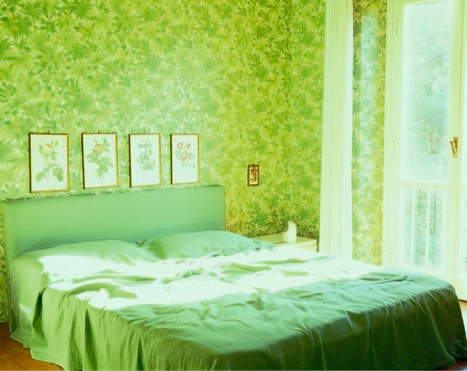
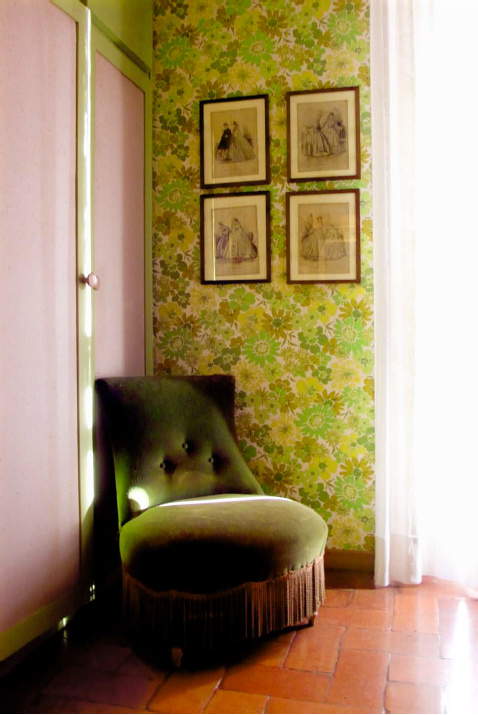
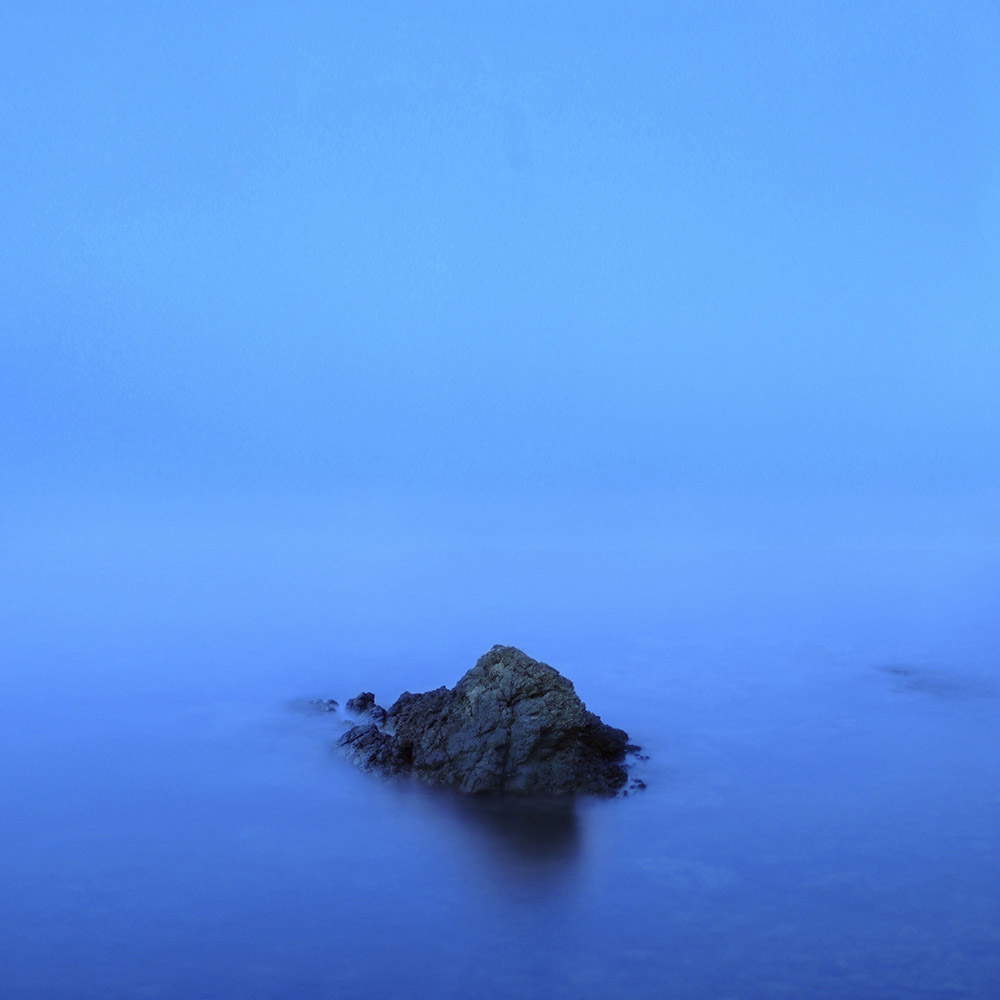
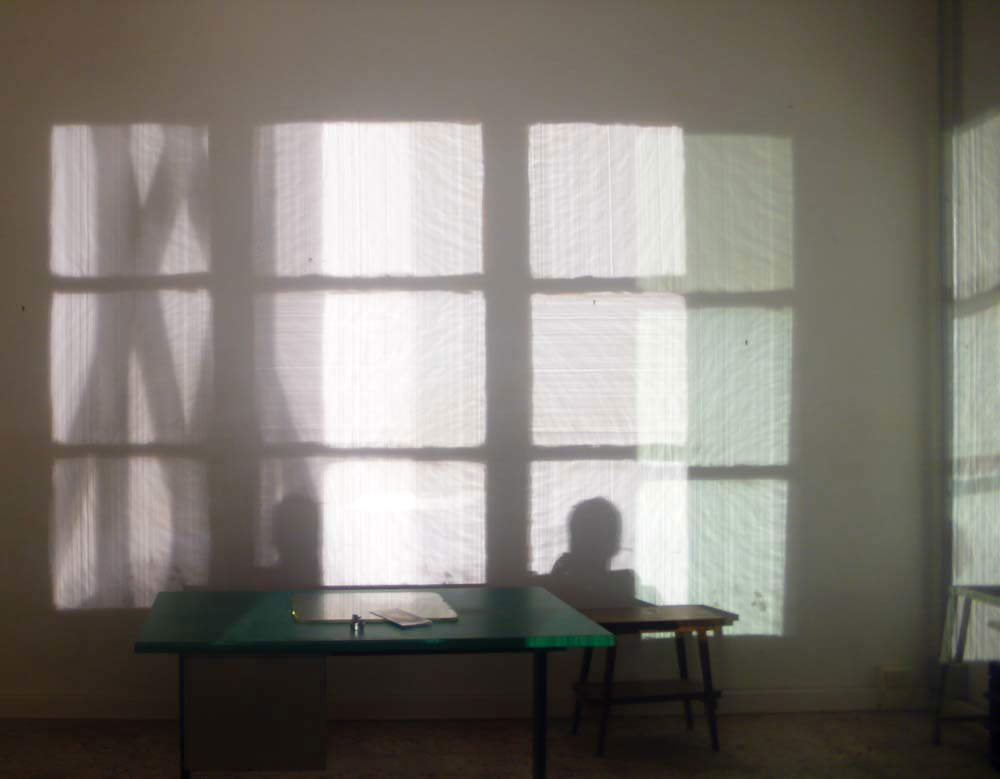
Following in the footsteps of Hungarian painter and photographer László Moholy-Nagy, who theorized that photography had taken on the role of an auxiliary visual prosthesis that activated vision “without prejudice, something our eyes, bound by associative laws, cannot do”, Ozzola also seeks to restore the visibility of the world completely immune to psychological interference, which instead contaminates human vision, a visibility that includes distortions and deformations that our eye tends to integrate with its own intellectual experience. This is done through formal and special associative links, creating a conceptual image. Indeed, we can note with curiosity that, in his shots, the walls are never white: the colors contaminate each other, vibrate, overflow, that is, they extend beyond their local boundaries, as when the eye first perceives them in a place full of light and contrasts.
The recurring themes and subjects in Ozzola’s works are seemingly simple: interiors, light-flooded rooms, windows, doors, horizons, water, and nocturnal visions of the nature around us are all intertwined with a very profound concept, that of the horizon, which acts as a common thread for all the subjects depicted. And, in this case, it is light itself that tells the story: both daylight and night light are capable of enveloping things, blurring them, dissolving their contours, and finally bringing them back into the world as immaterial appearances and presences. As if light itself were capable of producing in the observer a loss of consciousness, dilating the boundaries of the self toward the luminous horizon and thus anticipating a subsequent state of regeneration, even at the visual level. This is the case in a whole series of early works, including Armchair in Another Room (2007) and Green Room (2003), where objects seem to find their point of equilibrium upon contact with light, in the halo of light that invests them from behind, enveloping them.

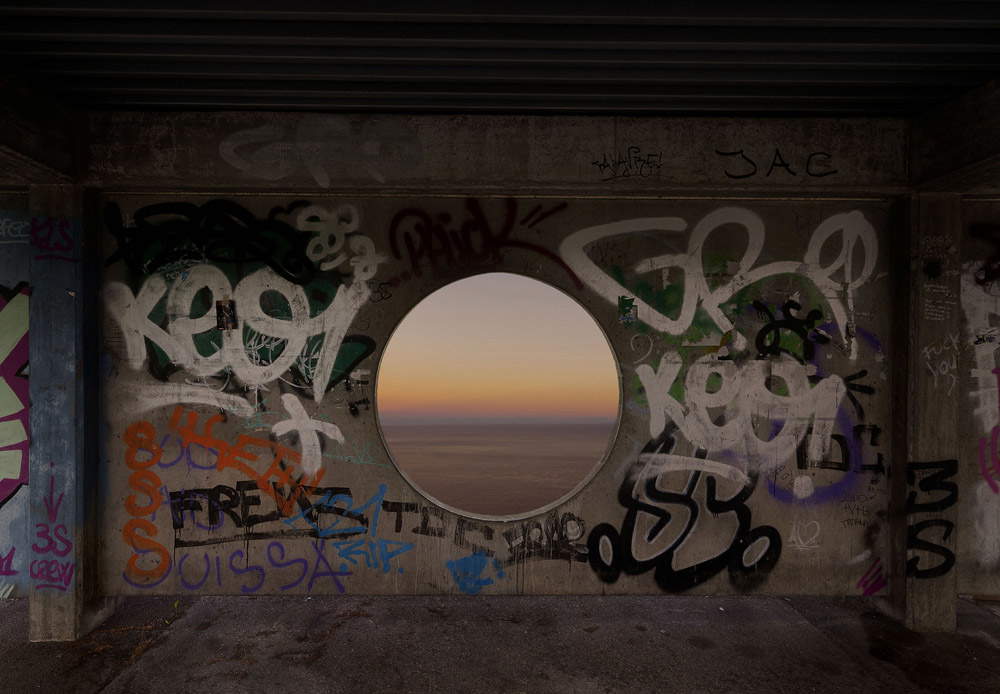
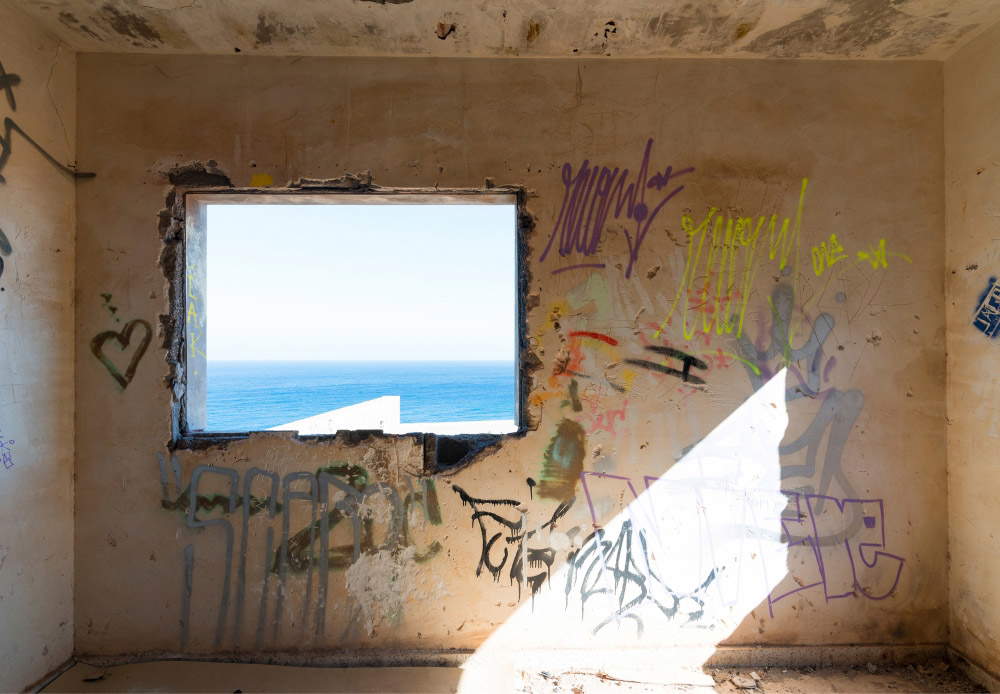
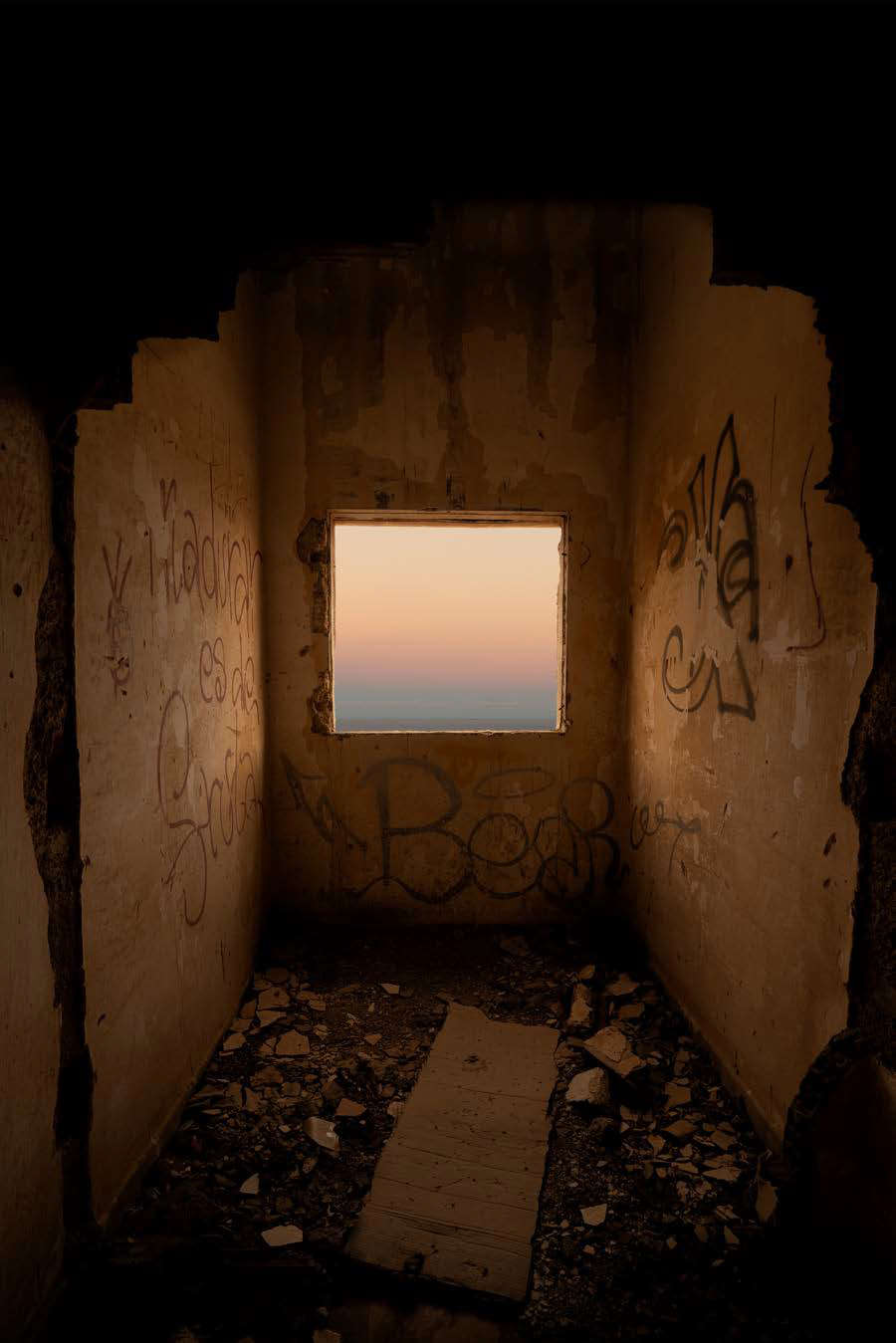
While it is true, then, that light assumes a central role in the transformation of the horizon and the subsequent visual reassembly of the image, Ozzola’s photographs that narrate darkness, the appearance of things in the dark, mark a subsequent transition within his work.Darkness becomes a powerful revealer of new forms and relationships between things and, like light, succeeds in transporting the viewer within a dimension of uncertainty and the unknown, then leading him to seek a point of view and his own spatial position. Real and mental image overlap. Light, or its absence, remains the generating idea.
Indeed, in the latest works it seems that light and darkness coexist in a perfect aesthetic balance. In works such as La Vida y la muerte me estan desgastando (2023), the contrast between light and darkness dissolves into an absolute, sharp visibility of the things that are in the foreground, like murals and graffiti on the wall. At the same time, a silent horizon manifests itself through openings and windows of different shapes, slowly materializing human restlessness.
Giovanni Ozzola’s works tell us about theunknown, which is nothing but our tomorrow: initially transported to places where the mind finds comfort and refuge, our perspective is broken through, altered, leaving room for vastness and fear. The horizon becomes distant and unreachable, fearsome and inviting, a place where we allow ourselves to become unsettled and then, perhaps, find ourselves and become aware of ourselves and the fact that each of us must be our own light in the dark.
Embracing the concept of Stimmung, the artist invites us not to pause with our gaze but to push it further, transforming the experience of vision and contemplation into passing. The point of arrival is not visible but is projected beyond the image itself. The viewer becomes a place of transit and, drawing a kind of shadow line between the visible and the invisible, becomes the generator of a profound inner journey.
Warning: the translation into English of the original Italian article was created using automatic tools. We undertake to review all articles, but we do not guarantee the total absence of inaccuracies in the translation due to the program. You can find the original by clicking on the ITA button. If you find any mistake,please contact us.



























